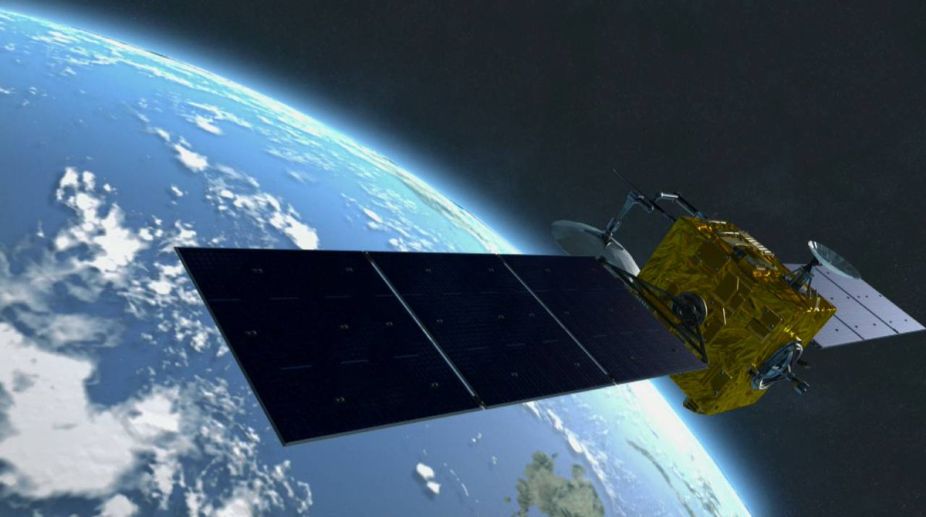Himachal govt to introduce bio-engineering solutions to mitigate landslides: CM
He said a pilot project has been initiated to cultivate Vetiver grass, known for its deep and dense root system that stabilizes soil and prevents erosion.

(PHOTO: Getty Images)
Scientists of the Indian Space Research Organisation (ISRO) have sent spacecraft towards the Moon and Mars — and now have their sights on Venus.
But ISRO is yet to develop a satellite-based early warning system (EWS) for landslides like the one that buried 50 people at Kotrupi village in Himachal Pradesh on August 13 or the June 2013 Kedarnath landslide in Uttarakhand that killed 5,700, and many more in the past that have taken a heavy toll of human life.
Advertisement
Only three months ago, the Char Dham Yatra to Badrinath got disrupted after a massive landslide.
Advertisement
According to a study by the Geological Survey of India (GSI), 12.6 per cent of India’s landmass falls under the landslide-prone hazardous zone and eight per cent of global landslide fatalities are reported in India. The study stressed the urgent need for an EWS that can “at least predict where the landslides will happen”.
After the Uttarakhand disaster, the GSI itself had started a landslide zoning project to create a map of India on the basis on landslide susceptibility but said the project is expected to be completed only by 2020.
In 2014, ISRO had announced it was developing an “experimental EWS for rainfall-triggered landslides” along the pilgrimage-route corridors leading to Gangotri, Badrinath and Kedarnath, as well as along the Pithoragarh-Malpa route in Uttarakhand.
But this system has not yet been implemented. It is still in the evaluation stage and its reliability needs to established with actual occurrences of landslides, according to ISRO sources.
Meanwhile scientists in China and elsewhere report successful development of EWS for rainfall-triggered landslides taking advantage of the dramatic advances in satellite-based precipitation estimation, high-resolution imagery, and elevation maps.
Chinese scientists recently reported development of a space-based EWS for landslides that uses satellite data to accurately map the movement of the earth before a landslide. The research findings were presented at a symposium in Copenhagen on June 27.
The team from the China Academy of Space Technology and Britain’s Newcastle University has been tracking the massive landslide triggered by heavy rain that buried the mountain village of Xinmo in southwestern Sichuan province on June 24.
Using ESA’s Sentinel-1 satellite radar mission — which comprises a constellation of two polar-orbiting satellites — the research team was able to capture before and after images of the landslides, identifying the source of the landslide and also its boundaries, the researchers announced at the symposium.
“Going forward, we can use this information to set up real-time monitoring systems for those sites and whenever we detect abnormal behavior, the system can send out an early warning message,” said Professor Zhenhong Li of Newcastle University.
According to the research team, the data suggested that this land had been sliding for at least six months before it failed. By detecting the movement at the very early stage of a landslide, EWS can save lives, they said.
Ultimately, the team hopes to use the technology to detect and map active landslides in the whole region of southwest China, and then build a landslide database.
An EWS utilising data from NASA satellites is also reported to have been developed to predict rainfall-induced landslides over Indonesia’s Java island. The system’s prediction performance has been evaluated using a local landslide inventory.
Advances in satellite imaging, mapping and rainfall estimations have made it possible for the Hydrologic Research Center, a nonprofit research corporation, to implement an EWS for the whole of Central America, where 128 landslides had occurred between 2004 and 2013, killing 2,730 people.
The system was validated in October 2015 when heavy rains triggered a landslide in Guatemala, killing at least 280 people and burying parts of a village.
Advertisement